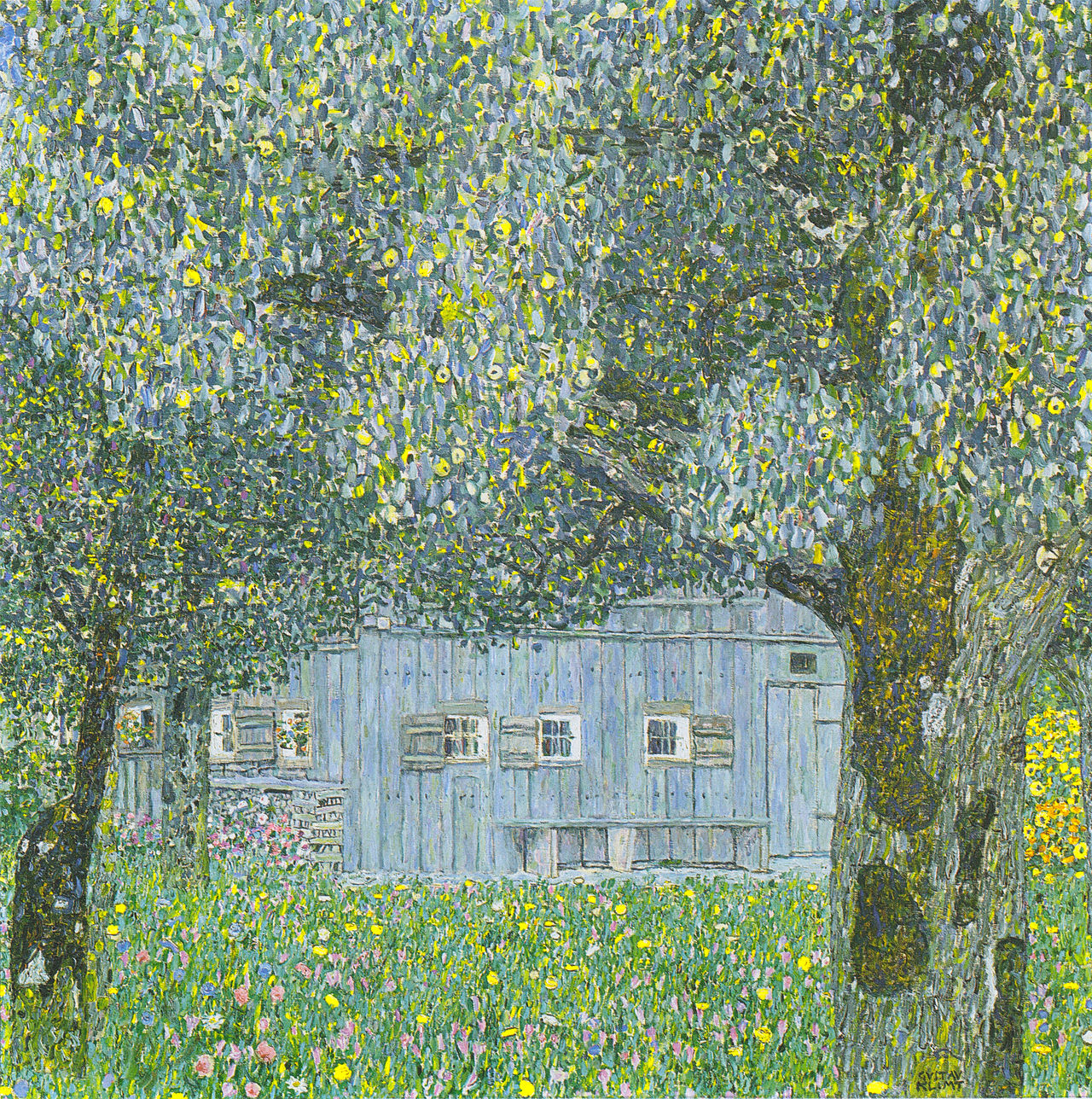—Nina Pierpont, MD, PhD
Consider this. A father told me that when his thirteen-year-old asked if he could go to a friend’s house, he replied, “If you can beat me at pool!” The boy enthusiastically agreed. After dad beat him 15 times, he told his son to go ahead and go to his friend’s. I liked this. It told me that dad was able to engage, challenge, structure, and nurture his son. To do this he used humor and play, in a mixture very acceptable to a boy this age.
Or this. A primary school librarian asked if I could guess which children crawled into her lap when she put on a movie to watch. “Those little hyperactive boys!” she exclaimed.
Or this. A pediatrician, who had a little hyperactive boy himself, told me he could calm the boy down at bedtime by stroking his hands.
These stories make sense in the context of Theraplay, a style of therapy for children and a way of understanding their emotional needs.
Theraplay grew out of the Head Start Program, as part of the 1960’s “War on Poverty.” In inner city Chicago in 1969 a child psychologist was assigned the task of identifying and obtaining treatment for all the disturbed children in the new Head Start system. The result was that the psychologist and her colleagues wound up inventing a new way to treat the emotional difficulties of young children.
They began by studying parenting and the literature on parenting. Then they identified four elements of successful parenting—nurture, structure, challenge, and engagement—and, finally, an “umbrella” quality of playfulness permeating the other four.
The new therapy identified activities and approaches by which a teacher or therapist could provide missing parenting elements in ways acceptable and appropriate to children of various ages. It helped both withdrawn, unengaged children, and aggressive, disruptive children.
In the years since, research on children’s brain development has supported many of the early observations and constructs of Theraplay. Modeled on good parenting, it provides ideas and approaches for parents, and ways out of certain conflicts. It provides depth to parenting approaches.
For example, many parents who take structure seriously worry it might interfere with their children’s happiness, since structure involves a lot of saying “no” or “not now.” Parents feel uncertain about denying their children what they want, as if the child would feel the parent didn’t care. “Structure” is a critical part of parenting. It means all the limits a parent puts on a child, including bedtime, what they eat, where they go, manners, cleaning up, schedules, chores, school attendance, and homework.
But imposing structure does not mean being cold or punitive. In fact, when a child needs an unusual amount of structure, for example because he is a wild, difficult-to-control, “ADHD” child, he also needs an unusual amount of nurture. Nurture means touch, feeding, warmth, interest, and taking care of. More nurture lets the child accept, and enjoy, more structure.
When a child has had a big shock, such as rejection by a parent, he often refuses structure because he feels he, himself, has to keep control of things or he won’t be safe. Nurturing play gets through this barrier. Structuring play (where the child must wait for a signal or do what the parent says as part of the game) teaches the child he can accept structure and be safe.
The third element, challenge, allows children to grow in their strength and skills. Parents present children with opportunities to do or master something new or harder. As in all elements of Theraplay, challenges are fun; there is no provoking through teasing or putting down, ever. Challenges flow out of what the child can already do, but generate striving, effort, some frustration, and a sense of mastery.
The fourth element, engagement, means making contact with a child who is withdrawn or remote, too much in his own world, or caught in emotions he doesn’t know how to deal with. Like all the other elements, engagement is done with warmth and interest.
Two other ground rules are helpful. First, participation is more rewarding than praise. If a child shows you a picture, comment on what is in it and what it makes you think about, rather than saying it’s good or bad. Second, for Theraplay purposes (meaning promoting children’s emotional growth), “play” means play with people, not with toys. Simple toys, like bubbles and paper, serve as props, but are not the main focus. In this kind of play, parent and child look at and play with each other, not with a machine or gadget. To notice and comment on the child’s physical abilities and attributes (e.g., “look at those strong muscles”) reinforces the child emotionally.
Theraplay is an ingenious therapy, one I often use in my own practice. It is play that teaches the profound lessons of structure, compliance, warmth, joyfulness, and the ability to try difficult tasks. For those interested in learning more, I recommend the book, “Theraplay,” by Ann Jernberg and Phyllis Booth.
